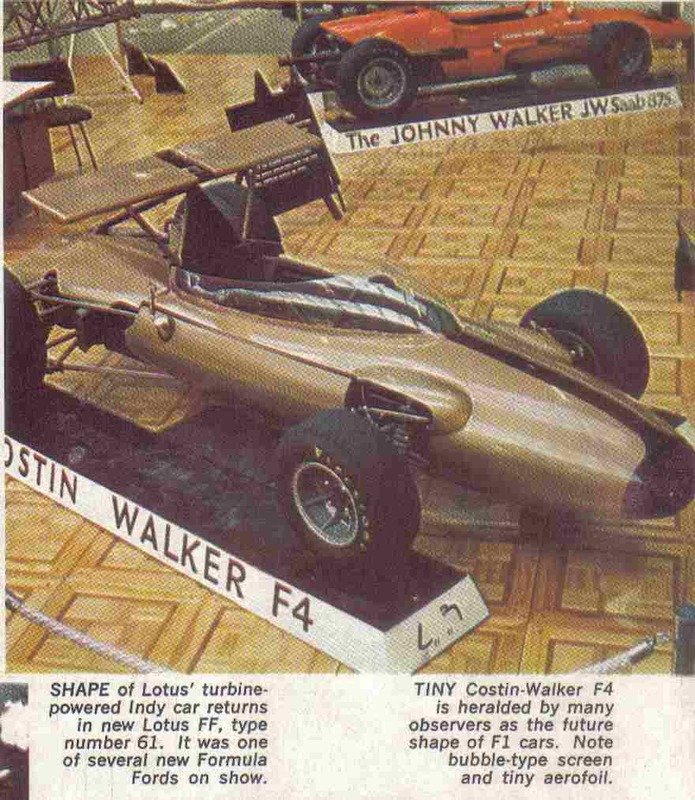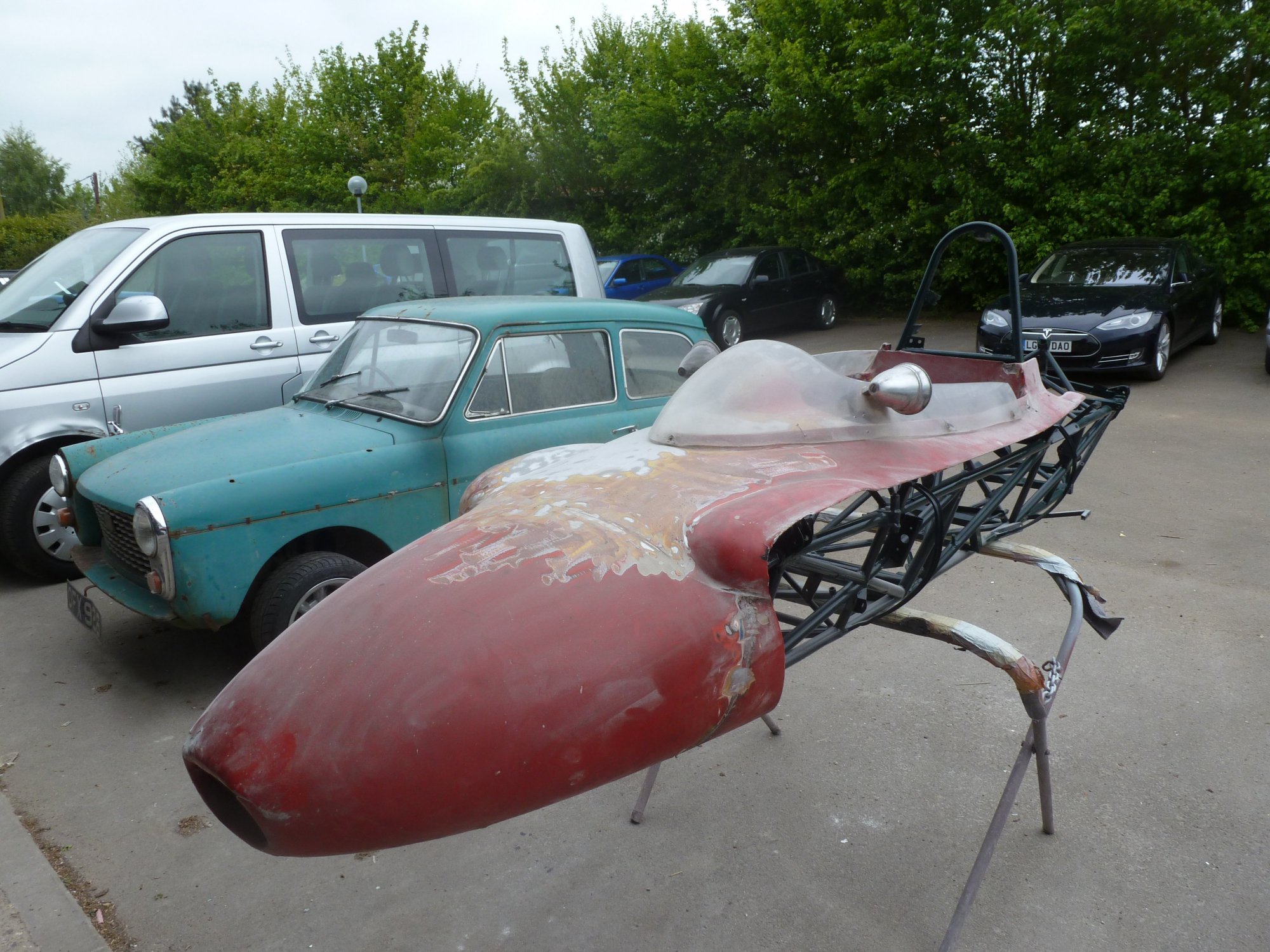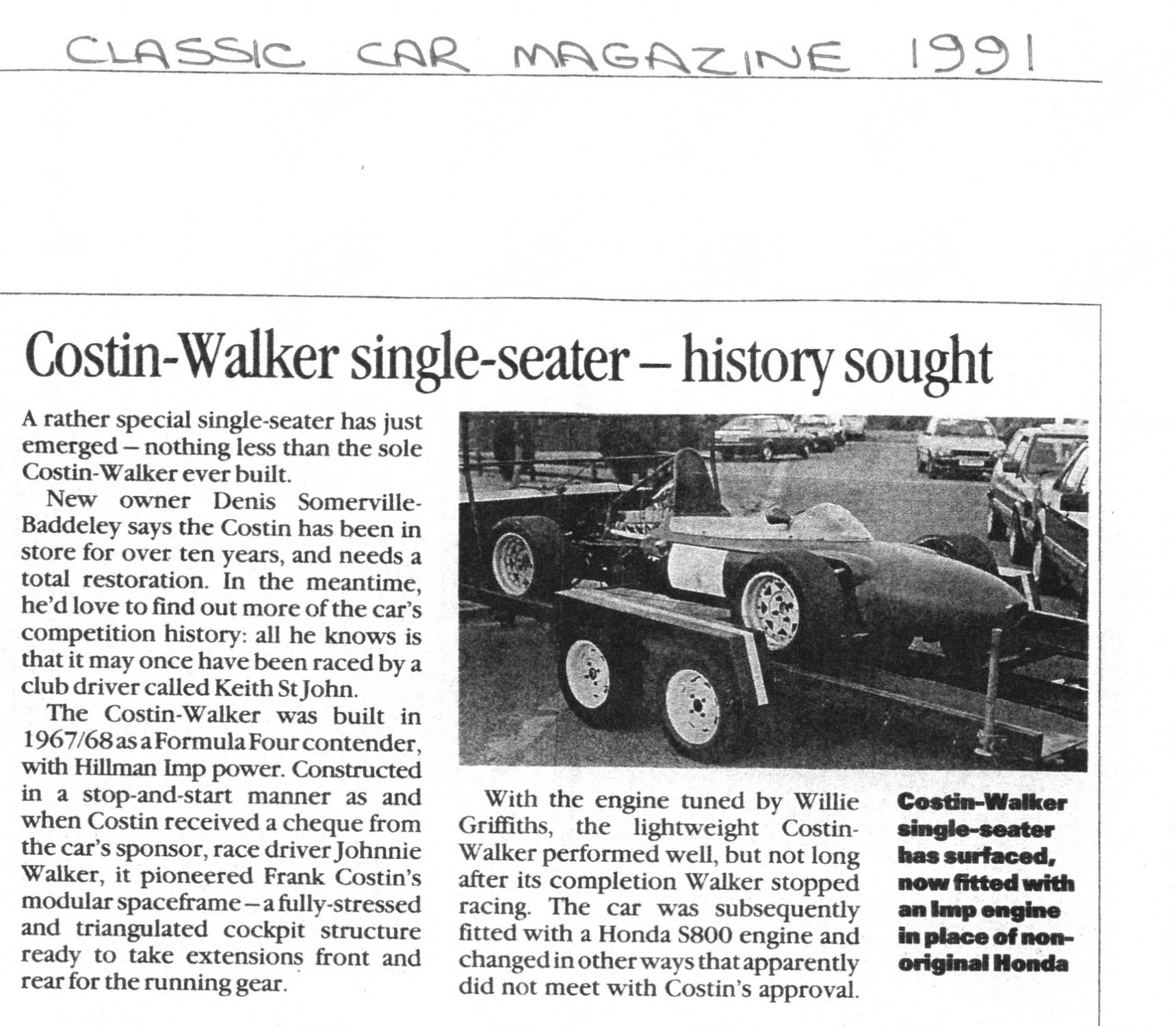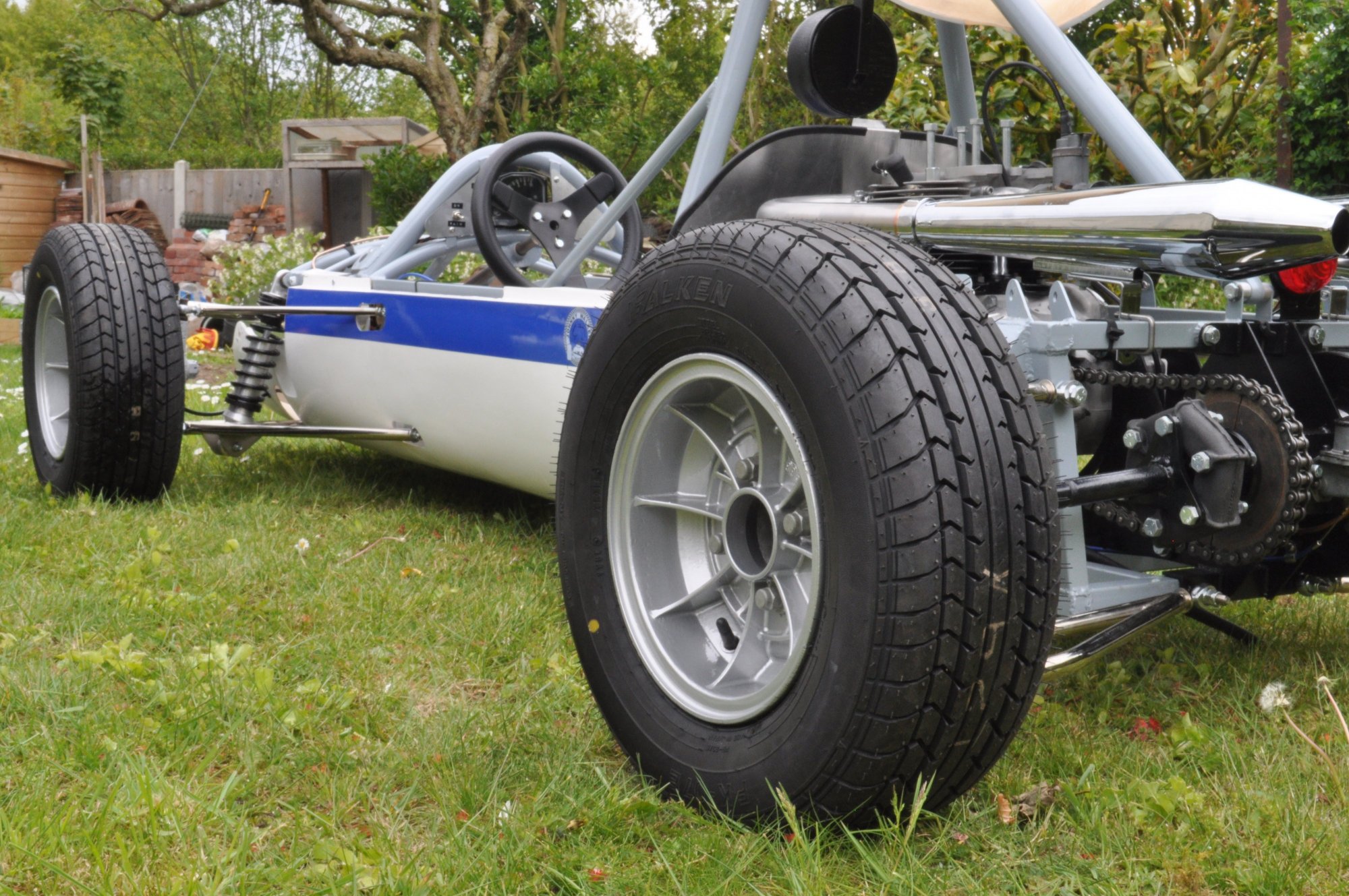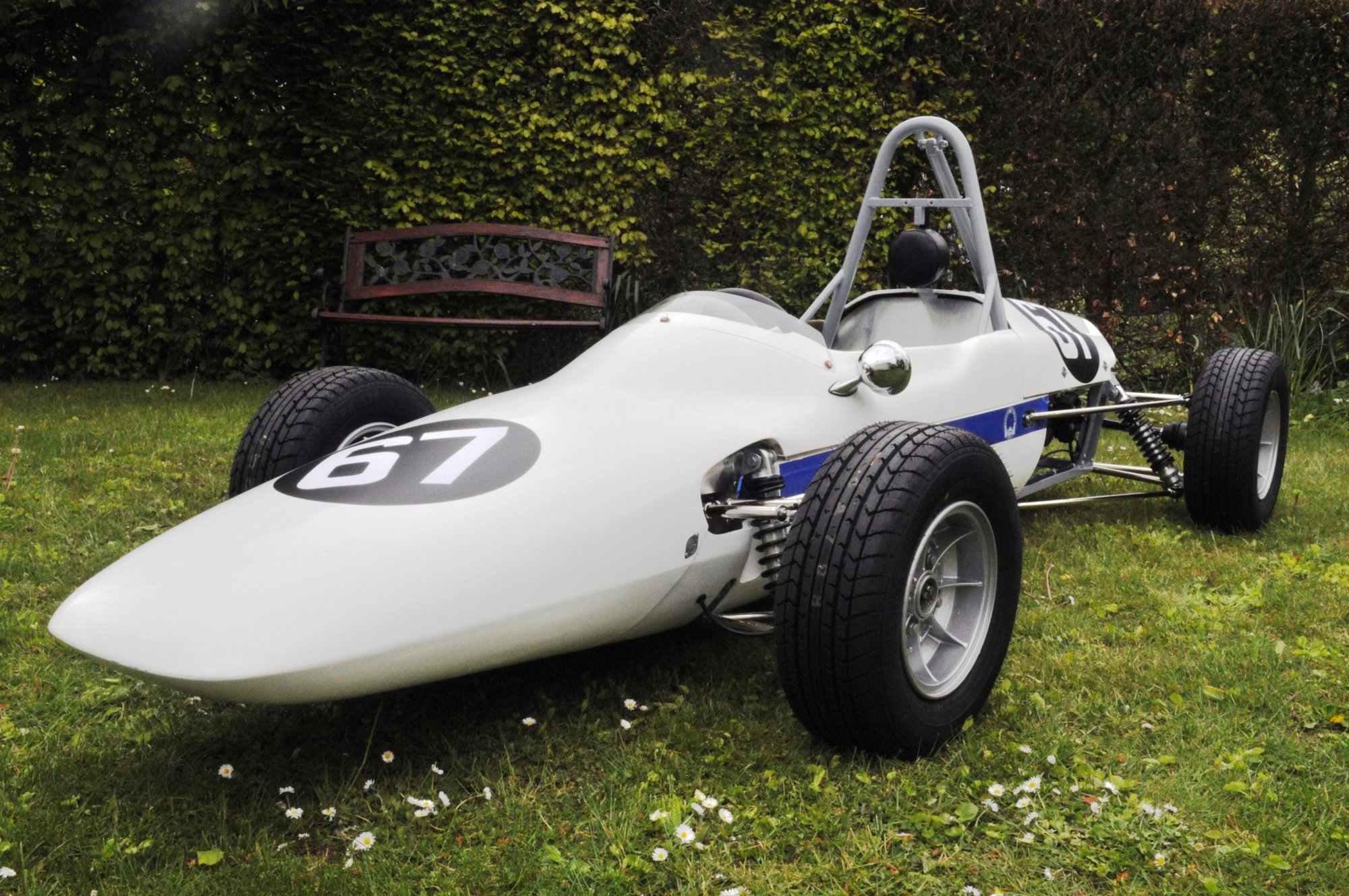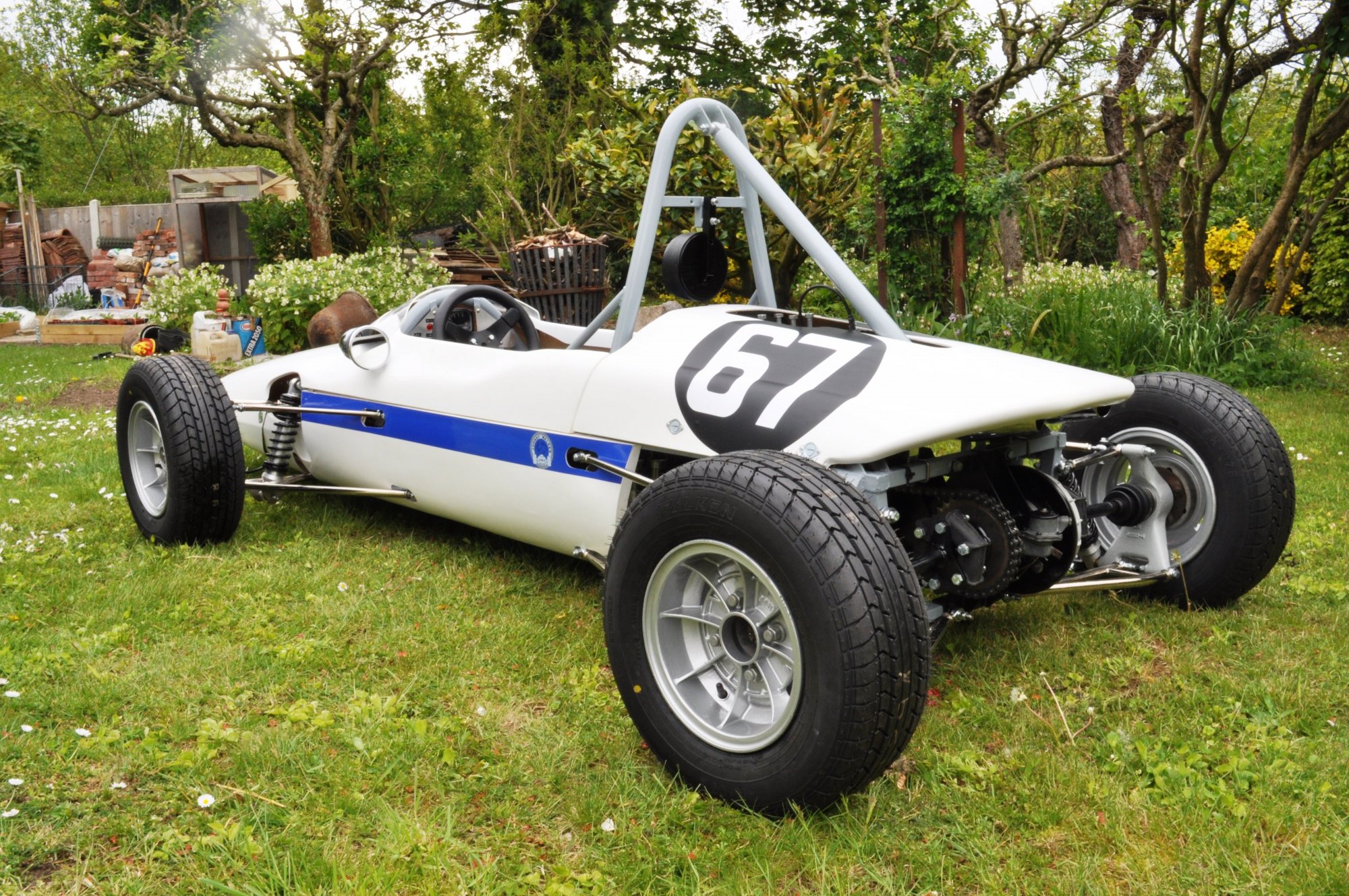Search the Community
Showing results for tags 'f4'.
-
Much anticipated, and as promised, but before i give you the rebuild thread, first a history lesson...... Whenever I seem to mention Formula four people seem to pause for a moment, look at me and then question "did you say formula ford?" my answer is of course "no" which generally leads towards discussions about what exactly was formula four? When I speak of Formula Four i am referring to the 1960's variety, although more recently the columns of the motor sports media is once again being filled with talk of both FIA and MSV Formula 4. This thread is not about single seaters with wings producing 185bhp and costing in excess of £30,000 but instead something entirely different and originating from the grass roots of motor-sport. Formula four racing can trace it's origins back to 1962 in the US where the first F4 races were held. The cars were typically scaled replicas of the F1 cars and powered by 250cc motorcycle engines. It didn't take too long for the idea to be brought to Britain by American Servicemen working in Europe and in 1963 Trak-kart built the 500cc Triumph engined TK. As the concept gathered momentum in Europe in 1965 Tecnokart in Italy began producing the Tecno powered by 250cc Ducati engines and In the same year the first Johnny Walker cars appeared from their Gloucestershire factory with the JW4 Mk1 powered by the 250cc Villiers Starmaker. Johnny Walker was better known at the time for operating a bearings and machine tools business but he had a keen interest in motor sports through his son Stephen for which he'd built a kart they'd successfully competed. Walker saw the potential of Formula 4 and their first car emanated from someone who approached them with a design into which they built in the 250cc engine. The car was initially competed against the 750cc motor-club cars and with the interest this created Johnny Walker Racing Ltd was subsequently born. They employed David Peers a racing designer as their manager, together with a couple of engineers with previous racing car building experience and entered negotiations with the RAC and FIA for the formula to be officially recognised. The first car the Mk1 was 250cc but this proved to be slow and unreliable so the 650cc Mk2 was born fitted with a BSA engine and reportedly was capable of 120mph around Castle Combe. One of the conditions of the new Formula was that the cars should have a basic price (complete with engine) for less than £650. And following the new formulas acceptance by the RAC production of the new cars began. The regulations allowed for 3 classes which were 250cc and 650cc using motorcycle engines and 875cc which used car derived engines. The Mk3 & Mk4 JW4's were fitted with 875cc Imp and Saab engines. All the classes were tightly controlled for cost and engine tuning. Initially while the grids were small the cars were competed with the 750 motor club in Formula Libre however for 1967 and 68 they had their series comprising of around 7 rounds which included the British Grand prix meeting at Silverstone in 1967. Notable works drivers at that time for JW4's were Bev Bond and Derek Minter who had switched to four wheels following his retirement from motorcycle racing. In 1968/69 Johnny Walker teamed up with aerodynamic designer Frank Costin and together they built a completely new car the Costin Walker. The chassis was designed for a number of different engine options including Imp, Honda, Saab and Ford. It could also take any FIA formula 2 engine making it eligible for Formula 5000. In 1969 the car was exhibited at the international Racing Car show at Olympia receiving much interest and publicity. It was unfortunate that just as Formula four was starting to get going Johnny Walkers firm suddenly went into liquidation. This left left Tecno as the only major manufacturer and a handful of smaller companies producing specials and in November 1969 Johnny Walker retired from racing. It's reported that altogether some 50 cars were built and shipped all over the world including Japan, Jordan, Sweden, Belgium and Germany. Formula four racing ended soon after, but the cars lived on by adapting to complete in many different series and in 1970 the 750mc took Formula four under its wing amending the regulations to allow for 1000cc engines and aerodynamic devices. The JW4 did however live on to be used as the base for the Jedi Mk1 and many of the original cars have since evolved and now wear Jedi Bodywork and modern motorcycle engines. How many original cars still exist i cannot be sure? Of the owners I have managed to make contact with all the cars are now "slicks and wings" Jedi's and I'm only aware of two other cars such as my own that may be close to original, one in the USA and the other possibly now in south Wales. So that's the history of Formula four.... soon to follow a bit about the history of my car...
- 460 replies
-
- f4
- formula four
-
(and 1 more)
Tagged with:
-
I like to start my build threads with a little bit of background and history and although this cars history started all the way back in 1968 my knowledge and involvement with it began much later than that. Those of you that have seen my other posts and build thread will know that my involvement in single seaters and specifically Johnny Walker's F4 cars began in around 2014 when I bought my first JW4 Formula four car, one of the first 1966 250cc Mk2 chassis. Walker only made 56 cars of which only 12 were Mk2's and search to find original parts to rebuild my particular car lead me on an unexpected journey which culminated in me obtaining much of the original factory records, drawings and tooling for the JW4. One car that had always intrigued me during my research was the very last car that Johnny Walker made; the Costin Walker. This car was something quite different to any of his previous F4 chassis and for which Walker had employed the talent's of Aerodynamist Frank Costin to design the chassis and bodywork who was famed for his early work with Lotus cars then later Marcos. More used to working with a wooden monocoque for his chassis construction on previous projects, for this commission his 18th car Frank Costin chose to adopt a space-frame construction and in his words to "carry it to its logical ultimate". Costin set out to design what was to become one of the stiffest space-frames ever produced for its weight and this very car went on to be displayed at the 1969 Racing Car Show at Olympia. I will continue the full history in later posts but, the history of the prototype was short lived when in 1971 during an F4 race at Lydden, the car spun striking the bank which caused damage to the front suspension upright and steering rack. Rather than rebuilding the car a disillusioned and financially strained Walker sought to sell the car, but it was not to be run again by any of the subsequent owners. The last recorded information I had of the car was a magazine cutting from 1991 where then then owner of the remains was seeking information about it's past. This article was the first breadcrumb in my search to find the whereabouts of the car as I wanted to learn of it's fate. As luck would have it the owners name in the article was quite unusual and after a session of googling I was able to find somebody with the same name but promisingly working in the motorsports industry. An enquiring email was sent and luck was again on my side as I had not only found the right person but also they were still the owner of the car having by then had it for nearly 40 years. I would add that at this time I had no intent in buying the car as my interest was in the researching the history of the marque. I arranged to meet the owner Denis and I was grateful that he was also willing to show me the car and fill in a few blanks about its history and whereabouts over the preceding years. Denis had bought the car in 1976, 5 years after its Lydden accident. back then it was in a sorry state having languished in a damp and draughty barn for 5 years and it's original 85bhp imp engine and jack knight gearbox had long since gone. After a period of storage Denis had set out to restore the car and at the time I first saw it in 2016 the car was still in pieces and the only part which had then been restored was painting of the chassis. A pleasant afternoon was spent kicking tyres and talking cars then I went on my way back home. A few more emails were exchanged between us over the next few weeks as I found out more about the cars history and we shared information and then that was it.
- 119 replies
-
- 6
-

-
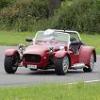
jw4 SOLD - 1966 Johnny Walker JW4 Mk2 (The Carburol Special)
Mark (smokey mow) posted a topic in Other Vehicles for Sale
Johnny Walker first began producing racing cars in 1965 with his prototype Walker Type 65, the following year the JW4 Mk2 his first production racing car was released to the market at the 1966 Olympia Racing Car Show. Chassis 6010 was originally built to Class 1 formula IV regulations with a 250cc single cylinder engine and later a 500cc Velocette but following the demise of Formula IV in the UK the car was to discover a new life as a hillclimb special in the hands of Ronald and John Shapley. By the mid-1970's Shapley had developed the car far beyond its origins. Carrying sponsorship by Carburol Oils and fitted with an 1050cc Kawasaki Z1 engine success was to follow within the racing car class that lead to a multi page feature in the pages of Car and Car Conversions. After the chassis eventually succumbed to the abuse of power far beyond that for which it was originally designed a full rebuild was commissioned from JW4 aficionado Rod Pickup in Blackburn that included additional bracing and reinforcement to the JW4 chassis. Over the following years the car passed between several owners and underwent further bodywork changes along the way until the Carburol Special was to eventually return to the ownership of Rod Pickup. Rod stripped down the car for restoration but progress stalled and sadly due to his sudden death in 2014 this rebuild was not be completed and the Carburol Special was sold again to its present owner. This car has now completed a chassis up rebuild over the last 3 years and is presented in 1966/7 class F4/2 Formula IV specification with all latter period modifications to the chassis retained. The surviving original parts have all been refurbished and used throughout the restoration but where unavailable or lost replacements have been sourced or made accurately to the original factory drawings and tooling. The chassis is presently fitted with a mock 500cc Triumph unit twin to give future owners flexibility in their final choice of championship or alternatively for static display. The car has a fully documented competition, owner and photographic history and has been rebuilt to comply with current MSAUK Regulations. With the right engine it is eligible for historic sprint, hillclimb in the 600cc classes, HSCC Formula Junior (Class G7) and 500 Formula 3 circuit racing offering potential buyers a very affordable entry into historic Motorsport or to enjoy in a private collection. Chassis: Retaining all latter modifications, reinforcement and alterations. Shot blasted; zinc pre-treatment and powder-coated Wheels: 10" JA Pearce Magna Alloys fitted with Falken FK-07E Tyres Shocks & Springs: Protech 400 Series single adjustable with Faulkner 8" 100lbs springs front and 125lbs rear. Suspension Uprights: JW4 Magnesium Brakes: BMC Mini 8" hydraulic drum brakes front and rear fitted with aluminium Minifin drums. Steering: Bespoke JW4 Rack and Pinion Wishbones and trailing arms: Rose Jointed and Bright Nickel Plated Safety: 1-1/2" Diameter CDS ROPS, MSAUK period defined Bodywork: New JW4 Mk2 3-piece moulding by Applied Fibreglass This is a unique opportunity to own one of the last few remaining JW4's and with a full history. With a guide price of £13,500, serious sensible offers are invited and prospective buyers are encouraged to contact me to discuss the car and for further details. The car is located in Colchester which for buyers who may be interested that are overseas is 30 minutes from the Port of Harwich for Ferries to the Hook of Holland and 2 hours from the Port of Dover for Ferries to Calais. The car will also be on display at Crystal Palace in London for Motorsport at the Palace on 26th/27th May 2019. For more information about the Johnny Walker JW4 and Formula IV please see the build thread for this car and my other JW4 at http://www.jw4.co.uk Thank you for reading Mark E. wsccessex@btinternet.com


